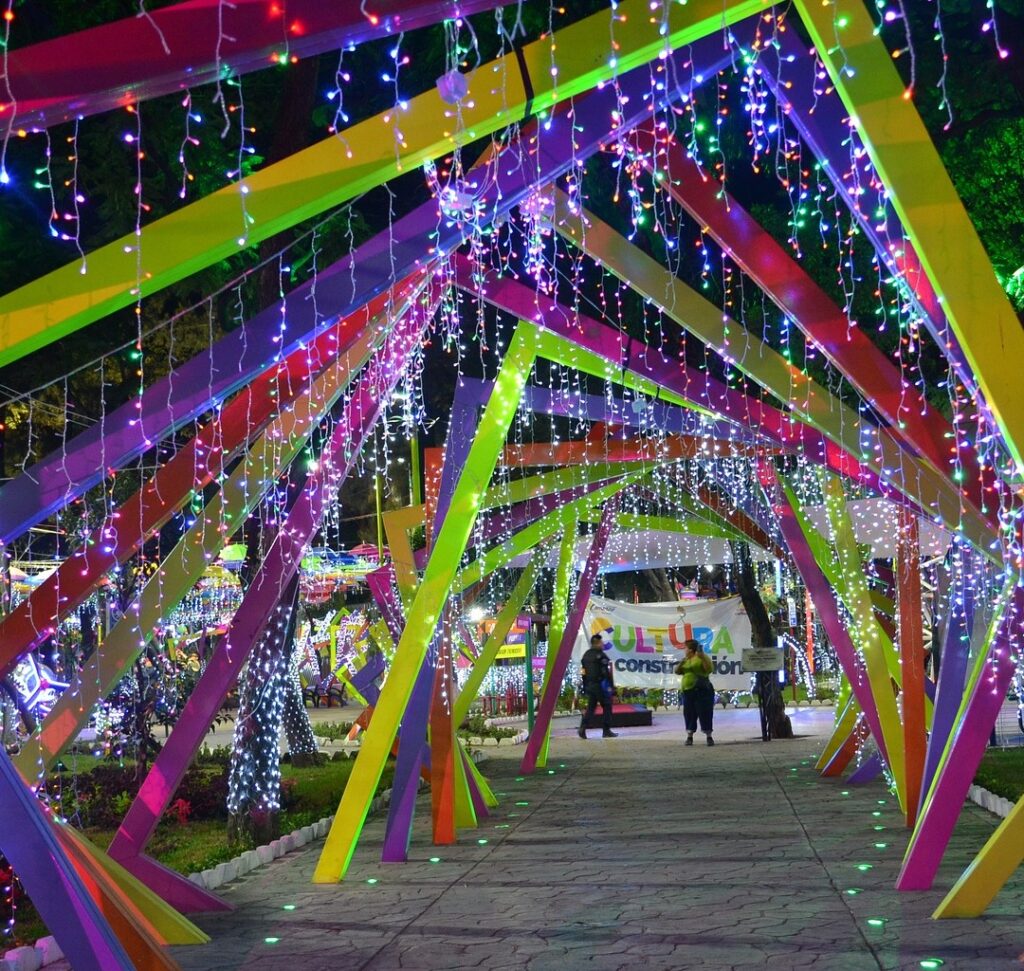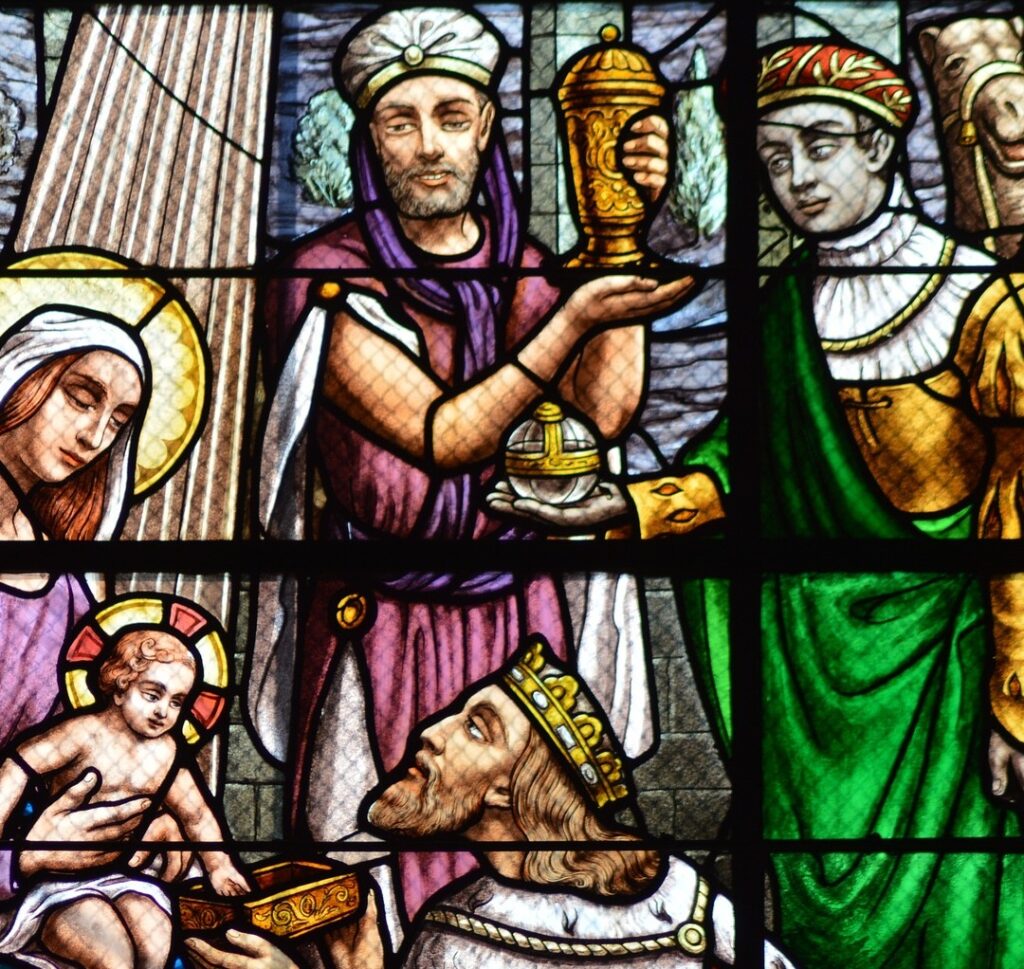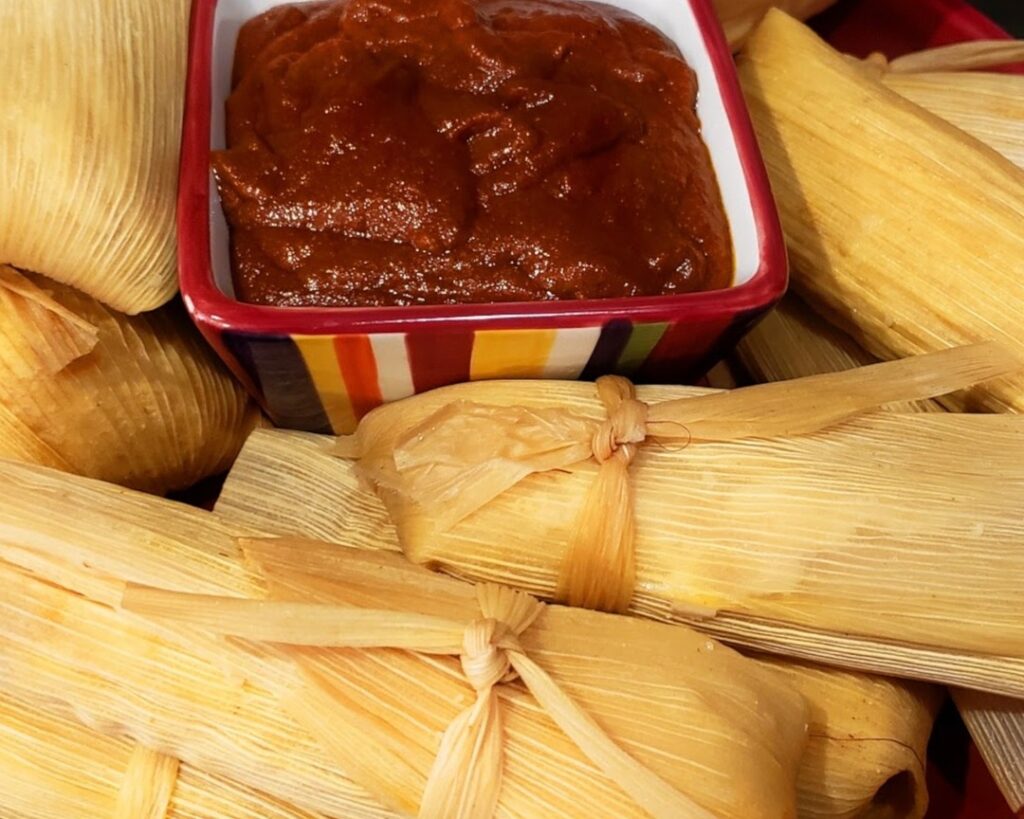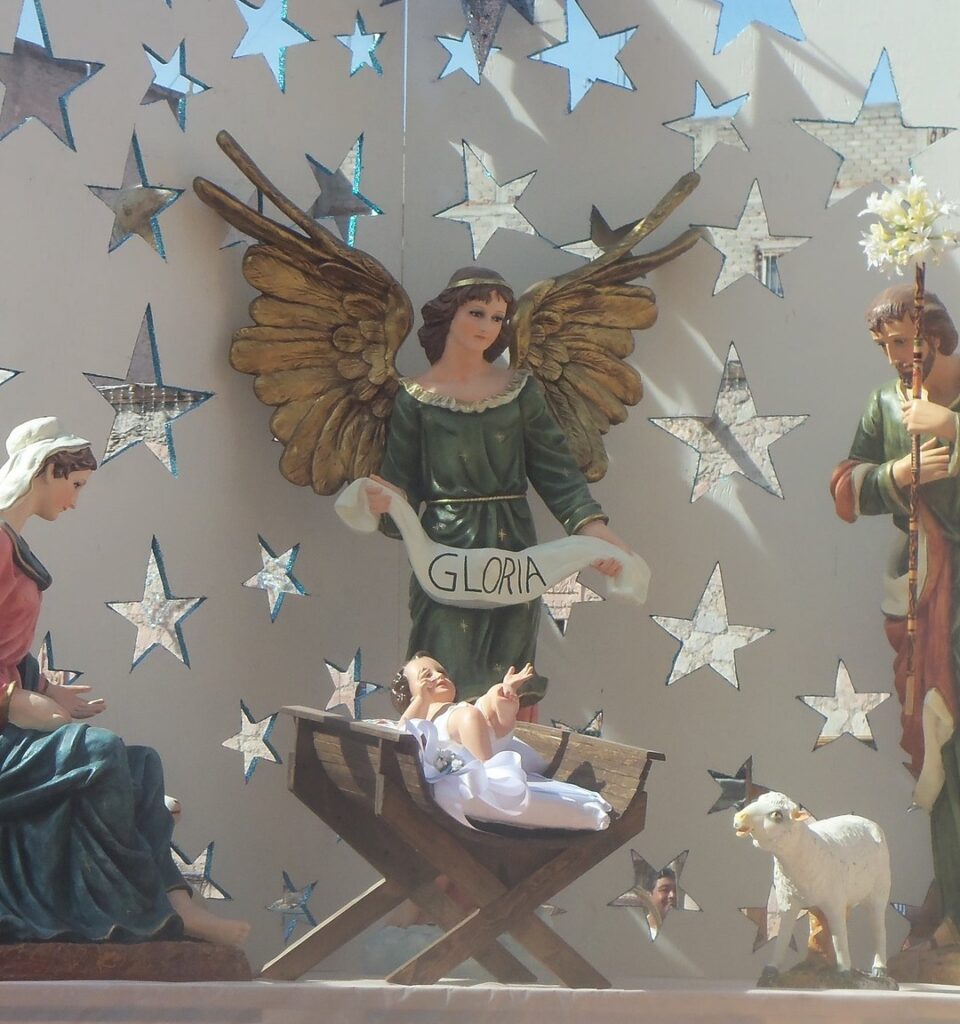Christmas in Mexico: Full Guide of Famous Traditions
Looking for the best Christmas traditions for your holidays in Mexico?
Want to know the importance of Christmas in Mexico?
What is a posada, a piñata, a pastorela,and a rosca de reyes?
What is the importance of the Three Kings' Day?
What is the importance of Christmas Nativities?
Which kind of food is prepared for this wonderful time of the year?
Keep reading this guide to know all about Christmas in Mexico.
Stay with us and discover everything about the best Christmas traditions celebrated in Mexico 🎄
The Importance of Christmas in Mexico
Mexico is a country that has thousands of traditions and customs that enchant any traveler at heart and lover of world cultures. Due to Catholicism, Christmas has a deep trait of popular religiosity that shows Mexican culture and folklore at its very best.
Therefore, many places in Mexico convey and portray a look of faith, hope, and celebration. Undoubtedly, Mexico should be on your budget list of places for spending your holidays. You can learn about Mexican traditions, culture, and history. Finally, you can party and celebrate like an authentic local. Get ready to experience Christmas as you’ve never done it before!
🎄Visit a Christmas town in Mexico on our tour: Mexico Monarch Butterfly: Visit Sierra Chincua Sanctuary and a Magic Town (14h)
Posadas
Although in Mexico that is the name for almost any Christmas party, “Posadas” has an exceptional meaning for Catholics. This tradition began with the arrival of the Spanish in Aztec lands, who imposed religious traditions and catholicism. This is one of the most popular traditions in Mexico for Christmas. Moreover, it represents Mary and Joseph’s search for accommodation.
Two people disguised as Joseph and Mary go door to door to ask for admission. Additionally, groups of people arrive with them with candles and start singing “Villancicos”(Christmas carol). This is basic and essential in the Mexican Christmas traditions.
In the same way, antojitos, ponche (hot fruit beverage), candles, and piñatas are also some of the most representative elements. Traditionally, posadas are a Mexican celebration that takes place 9 days before Christmas, specifically, from December 16 to 24th. Each of the nine days represents a value such as humility, strength, detachment, charity, trust, justice, purity, joy, and generosity.
Piñatas
Piñatas are an essential element for Christmas in Mexico. They are usually made of clay or cardboard and are shaped like a star with 7 peaks, symbolizing a capital sin. Inside you can find sweets, fruits, and other prizes. Briefly, the point is hitting the piñata with a stick and with your eyes covered, representing blind faith.
Furthermore, for the catholic, the piñata must be made with bright colors as it is supposed to seduce the soul of the innocent to incite it to sin. Also, it must contain fruits or sweets because these represent the goodness of God who rewards the sinner’s soul for having overcome sin. Piñatas have existed in Mexico since pre-Hispanic times in the Aztec culture. The fruits they carry inside represent the favors of the gods and the abundance they enjoy.
🍬Check out our virtual tour: Mexican Piñata: Design your Own Cute Colorful Piñata Online
Pastorelas
A “pastorela” is one of the traditions in Mexico for Christmas where religion, faith, fun, and theater come together. These plays narrate the adventures of a group of shepherds heading to Bethlehem to worship Jesus on Christmas Day.
Pastorelas in Mexico are performed in school, theatrical, and even popular performances. They usually have a humorous, practical, funny touch, incorporating political and social situations. Michoacan is one of the places with the greatest representation of pastorelas.
In Mexico City, there are numerous places where various pastorelas are presented, either in theaters or public squares of the 16 delegations. In the pastorela, there are shepherds, devils, angels, archangels, and the hermit. Furthermore, the performance includes dialogues, songs, and dances, as well as the staging of battles. The plot is always the same, but the varieties are as many as the ingenuity itself allows.
Three Kings’ Day (Dia de Los Reyes Magos)
The Three Kings Day in Mexico is a religious celebration, that symbolizes the arrival of Melchior hailed from Persia, Gaspar (also called “Caspar” or “Jaspar”) from India, and Balthazar from Arabia to the manger where Jesus was born.
This tradition for Christmas in Mexico is every January 6th. It recalls the adoration of the Infant Jesus by the Kings and it is a central commemoration in the Catholic liturgy. From this story, the custom of offering and receiving gifts to children arose.
Traditionally…
this custom consists of children writing a letter to the three kings in which they tell how well they have behaved and list the toys or games they would like to receive. It is like another Santa Claus day for children in Mexico and across other parts of the world.
In addition, for the adults, the celebration consists of eating ‘Rosca de Reyes’ with family and friends. It is the bread that symbolizes eternity, or the love of God without beginning or end. The dried fruits are the representation of each of the kings’ crowns, while the plastic child hidden in the thread is the symbol of Jesus fleeing from Herod.
Rosca de Reyes
Firstly, we have to explain the tradition that involves eating the ‘Rosca de Reyes‘. The origin of Rosca de Reyes is a tradition that had its beginnings in European countries such as France and Spain. During the conquest, this custom arrived in Mexico.
The day on which the kings met the baby Jesus is called an epiphany. This means the encounter is symbolized by this bread. In fact, it is important to mention that epiphany means “manifestation”. The Catholic Church rightly celebrates this event on January 6th.
It is for this reason that for many centuries it has been customary to break the Rosca on January 6.
Source: National Geographic
Candlemas day
Candlemass Day marks the end of the Christmas cycle. 40 days have passed since the birth of baby Jesus. Therefore, according to ancient beliefs, it was the time when the Virgin was confined. Additionally, on this day, people meet up again to eat tamales and atole with the same ones they ate “Rosca de Reyes” with.
Last but not least, one of the most unique traditions in Mexico for Christmas is dressing and decorating baby Jesus. On February 2nd the cycle of Christmas in Mexico ends. Therefore, it is customary to “lift” the Child God and dress him in the greatest-bright clothes.
Traditional Food
Christmas in Mexico is filled with delicious foods, snacks, and other dishes. Some dishes cannot be absent on Mexican tables such as romeritos, apple salad, bacalao, and tamales. Although turkey is prepared for this season around the world, in Mexico the plate is usually served with other creations such as marinated pork leg.
On the other hand, traditional “Pozole” is one of the most consumed dishes for Christmas in Mexico. Even though it is served all year long, in many states it is indispensable for dinner. Equally important, the “Ponche” is a traditional Mexican drink, also known as “Holiday Punch” served not only for Christmas dinner but also for posadas. Check out our pozole article! 🥣
Its ingredients are tamarind, sugar cane, apple, guava, prunes, and other fruits. Although its origin comes from India, it arrived in Mexico through the Spanish.
🥕Check out our post: Traditional Food of Mexico Top 20 Dishes
Christmas Nativities
St. Francis of Assisi is considered the creator of the Nativity Scenes. In 1223 he wanted to celebrate “Christmas Eve” to relive the memory of Jesus being born in Bethlehem. So that everyone could better understand the conditions in which it happened, he set up a Nativity Scene in the woods with live people and animals.
This activity was well-liked by the people who attended and began to become popular. With time, the lack of space forced everyone to replace people and animals with wooden or clay figures. This activity was well-liked by the people who attended and began to become popular.
Over time, the lack of space forced us to replace people and animals with wooden or clay figures. This tradition was received with great affection and has spread throughout the world since the 16th century. In particular, this tradition was brought to Mexico by the Spanish conquistadors.
Source: catholic.net
Final Thoughts
December is the peak season in all countries of the world. However, Mexico has a very interesting cultural touch that makes millions of tourists come here to experience the culture, folklore, and tradition of Christmas. Meeting new people is an opportunity that all travelers love to experience.
The posadas, the events that are organized in each city (pastorelas, concerts, bazaars, traditional Christmas food tastings), and the unique atmosphere in the streets of each part of Mexico, is something that every traveler should experience at least once in a lifetime.
If you ask yourself “How to celebrate Christmas in Mexico?”, The best way to discover the answer is to experience it for yourself. Traveling on vacation is a great way to learn more about the cultures of the world. Truly, traditions in Mexico for Christmas are one-in-a-kind and you are likely to have the best holiday experience.
Would you like to come for the most wonderful and lovely time of the year?
















